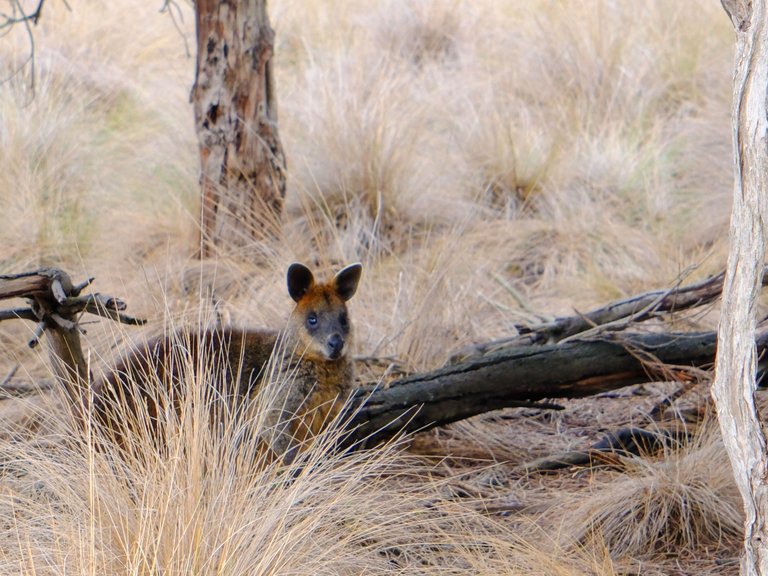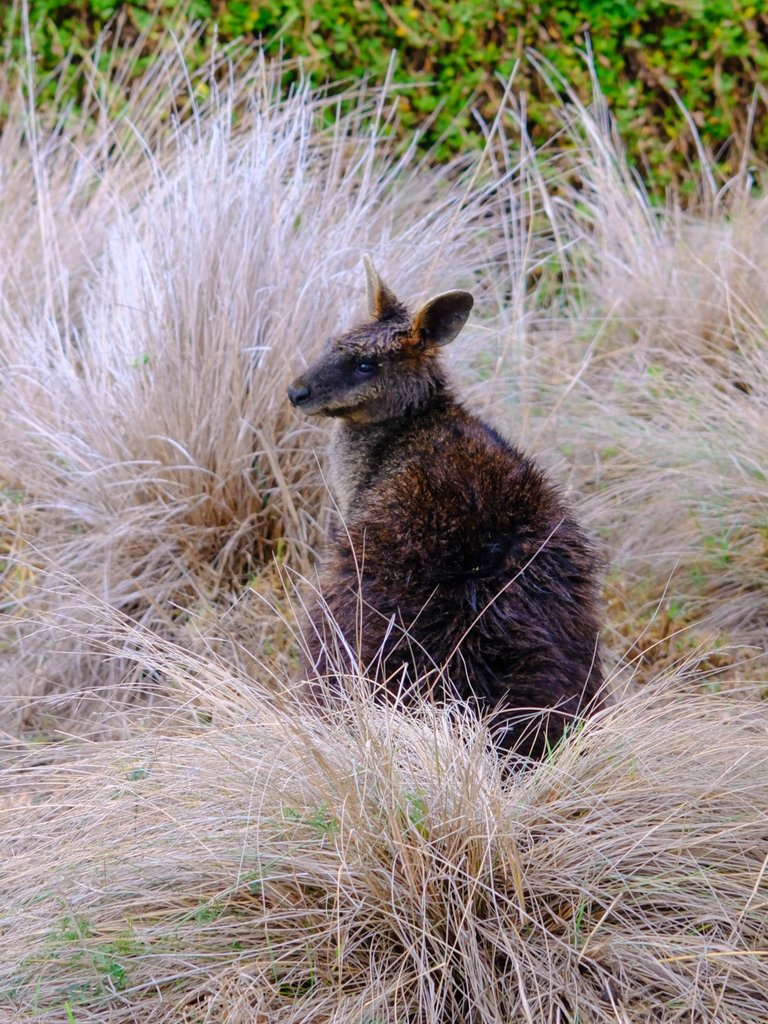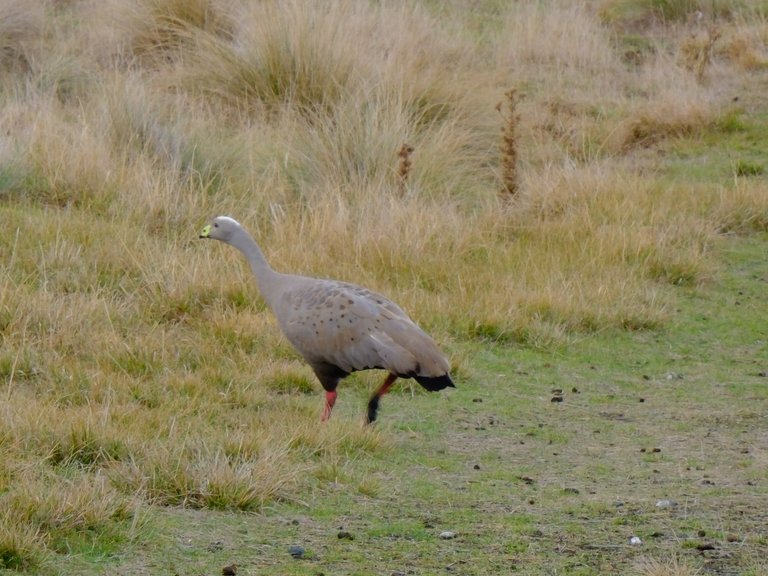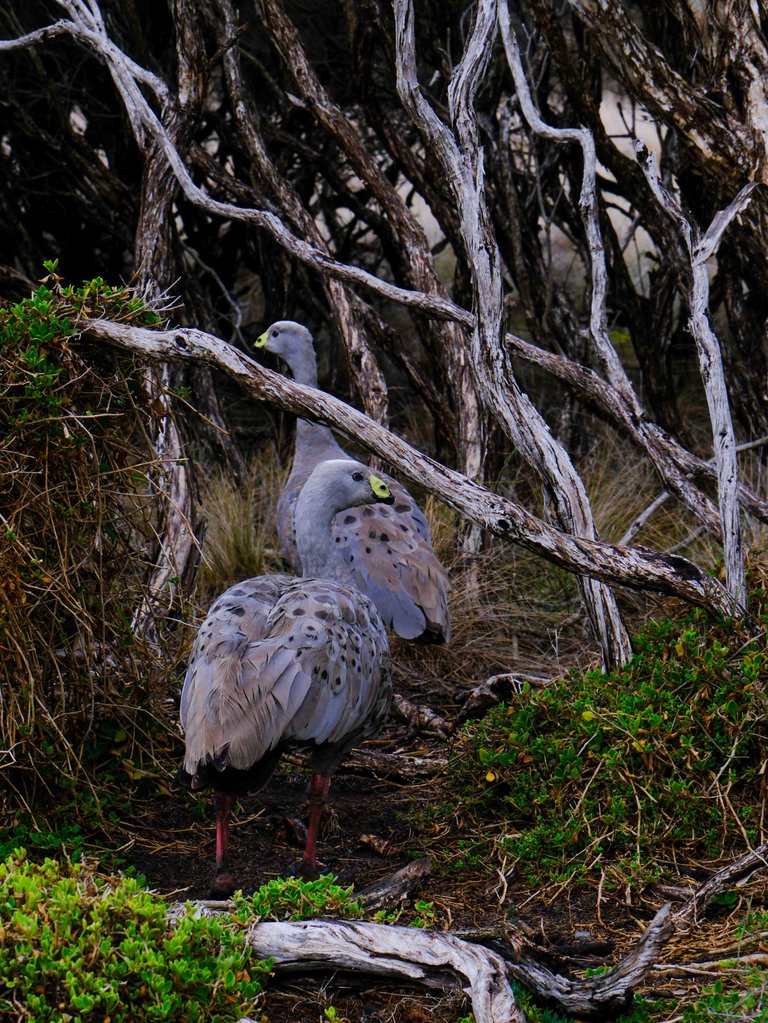Wildlife of Phillip Island - 6 Photos
I spent some time at Phillip Island last weekend. Phillip Island is about an hour and half's drive from Melbourne, and is sort of semi rural, there are a couple of places with continious housing, but then there are also areas of bushland. It is in this bushland where we are today.

It is a Wallaby - Wallabies are small to medium-sized marsupials native to Australia, in particular this is a Swamp Wallaby, now you might think this looked like a Kangaroo, and you would be right, but Wallabies are actually different animals. This are smaller, obviously, and then the Swamp wallaby which is also know as the black wallaby, is smaller (in height again) if not a little stockier.

Swamp wallabies are solitary, herbivorous marsupials that prefer sheltering in woodlands, coastal heath, and dense undergrowth during the day, becoming more active at dawn and dusk, this was the middle of the afternoon, and they were doing just that, just staring us down rather than bounding away or anything.

This one looked a little wet, and annoyed, it had been raining off and on for the last two days and was fairly cold so I sympathised.

I love this shoot largely because it shows what sort of habitat they live in and how easily it is for them to hide, duck down and you are done.

This fella is also fairly common on the island, he is a Cape Barren Goose. This large, grey goose is distinctive for its greenish-yellow cere at the base of its bill. There are only about 16,000 Cape Barren Geese in the world, it remains one of the world's rarest geese, especially given its limited distribution and past near-extinction in the 1950. Of course they are common on Phillip Island, and there are about 3,000 Geese on the island, which I get through some maths as almost 20% of the world's population.
Final Fact they were first discovered on Cape Barren Island, which is in the Bass Straight which is the body of water between mainland Australia and Tasmania (the triangular island at the bottom). It is called truwana in the local Aboriginal language, and surprisingly 66 people live on it along with some Geese
